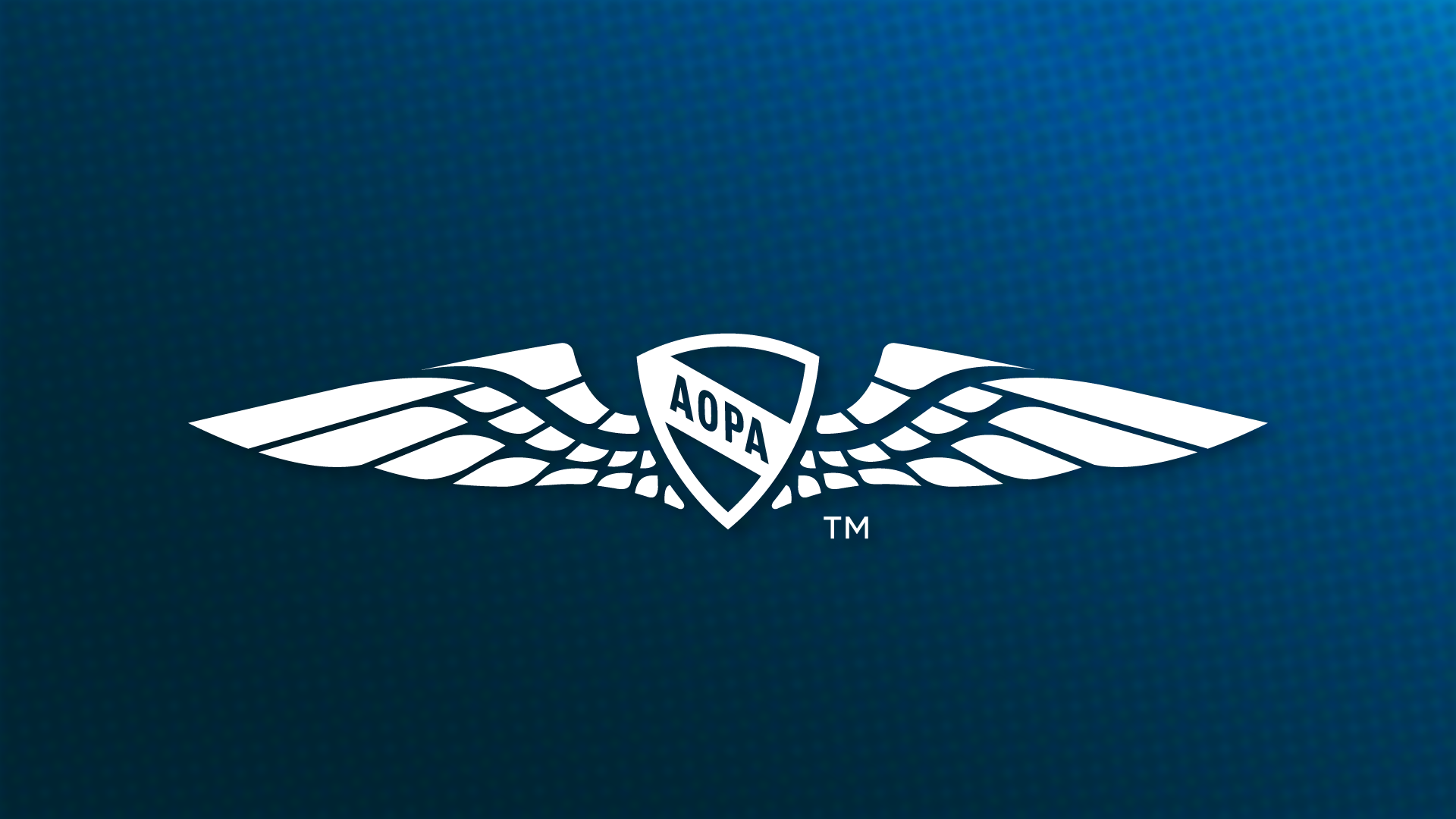Oil screen
Filtering out the bad stuff

It works hard at a number of important jobs, including cooling, lubricating, and, believe it or not, cleaning away the nasty debris. Cleaning the oil is the job of a metal screen, or in some cases, a paper filter.
Oil screens are an older technology, but still in use as the primary method of filtering the oil in many engines. How many screens an engine has, and their purposes depend on the model, but there are two basic types: the pressure screen and the suction screen.
The suction screen is prior to the oil pump and filters out the really bad stuff. Imagine a mechanic accidentally drops something into the engine and it passes through without damaging anything. It would end up in the oil pan and stay there thanks to the screen. More commonly, the suction screen blocks bigger pieces of aluminum and rubber that could be shed from use or internal damage. In a Lycoming engine these screens can be removed, cleaned, and inspected at each oil change. In a Continental engine they are fixed, so owners hope for the best.
Oil pressure screens are small cylinders about the size of a mini can of Coke that filter out the smaller stuff. These are removable on all engines in which they are installed, and cleaned with mineral spirits, inspected, and reinstalled as part of every oil change. Because oil filters can stop particles down to about 40 microns, and oil screens only filter down to about 60 microns, oil filters are generally considered superior. A 20-micron difference might not sound like much, but those particles floating around in the engine’s bottom end and cylinders can cause premature wear. Many pilots argue that an oil screen is just fine, and more regular oil changes make up for the difference.
Inspecting the screen is a bit of a dirty job, as the gooey oil must be brushed or wiped off in mineral spirits, and the resulting liquid drained through a coffee filter. From there it’s easy to see flecks of metal that can be analyzed for more information.



